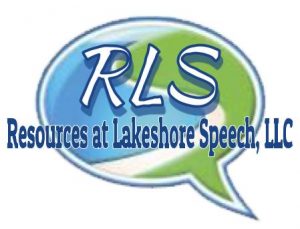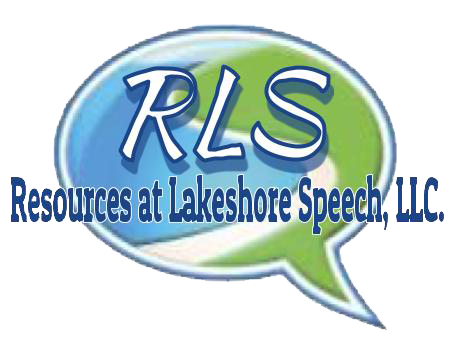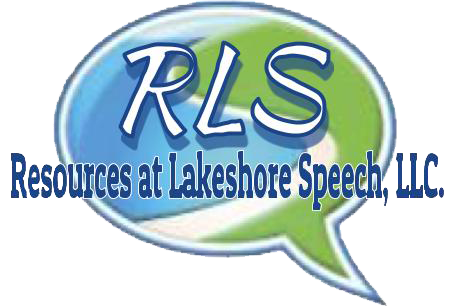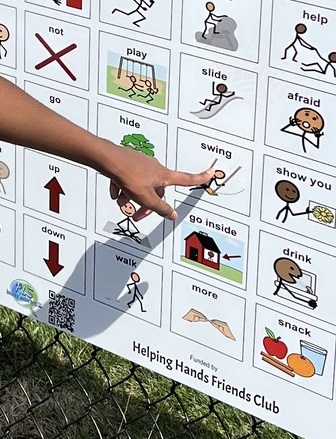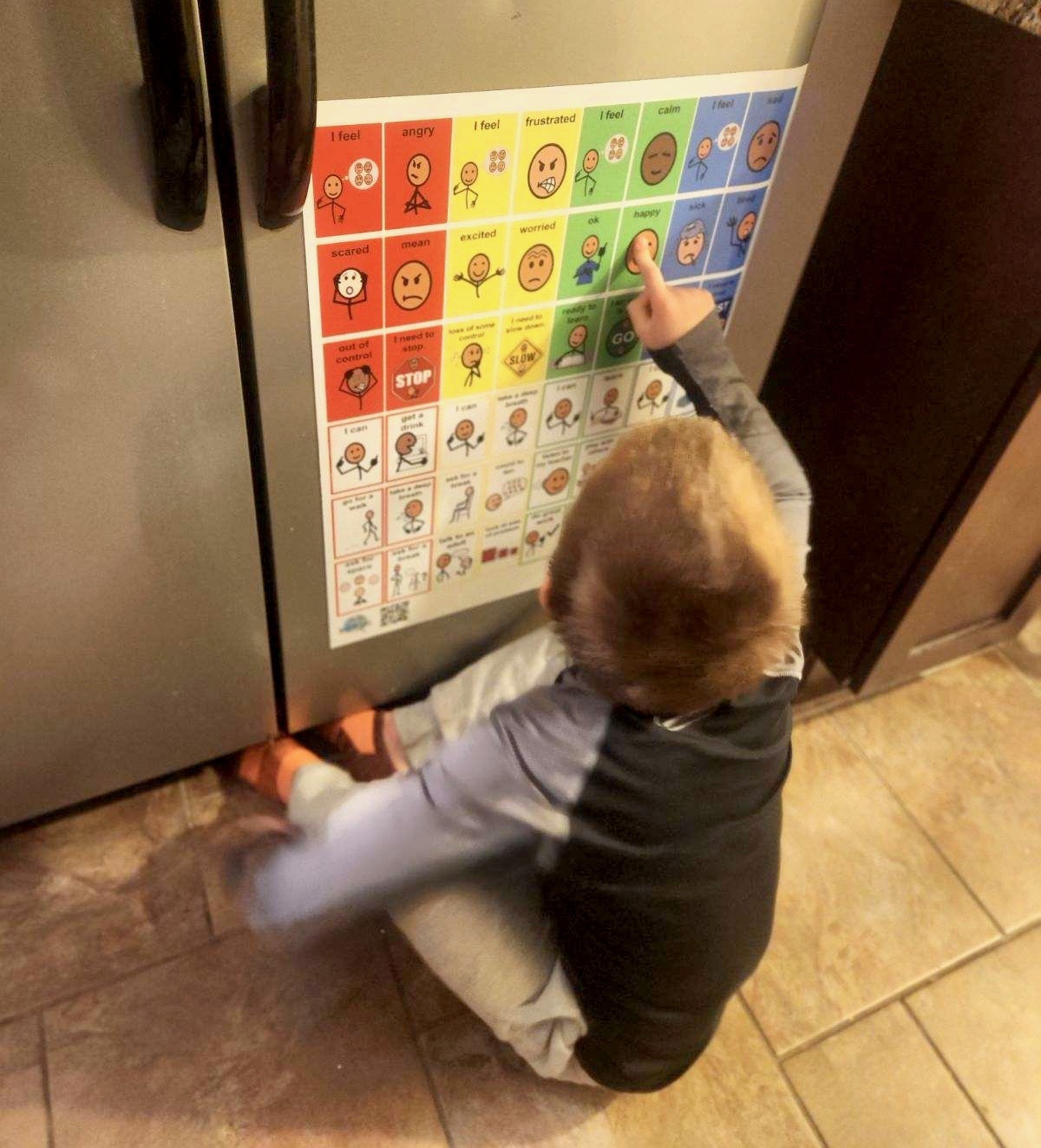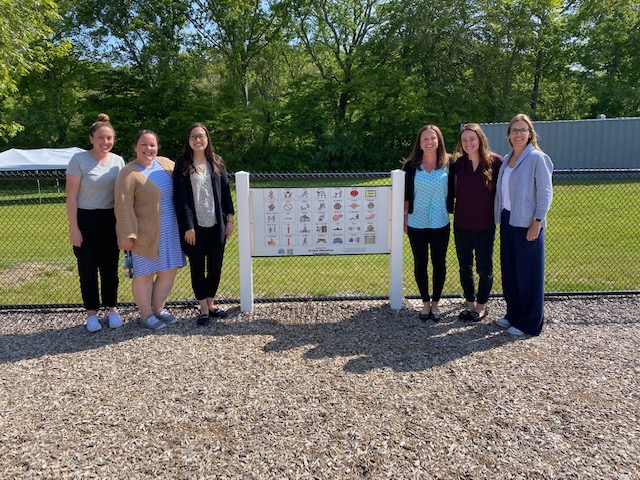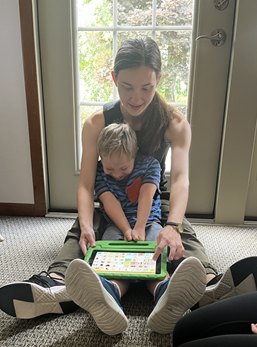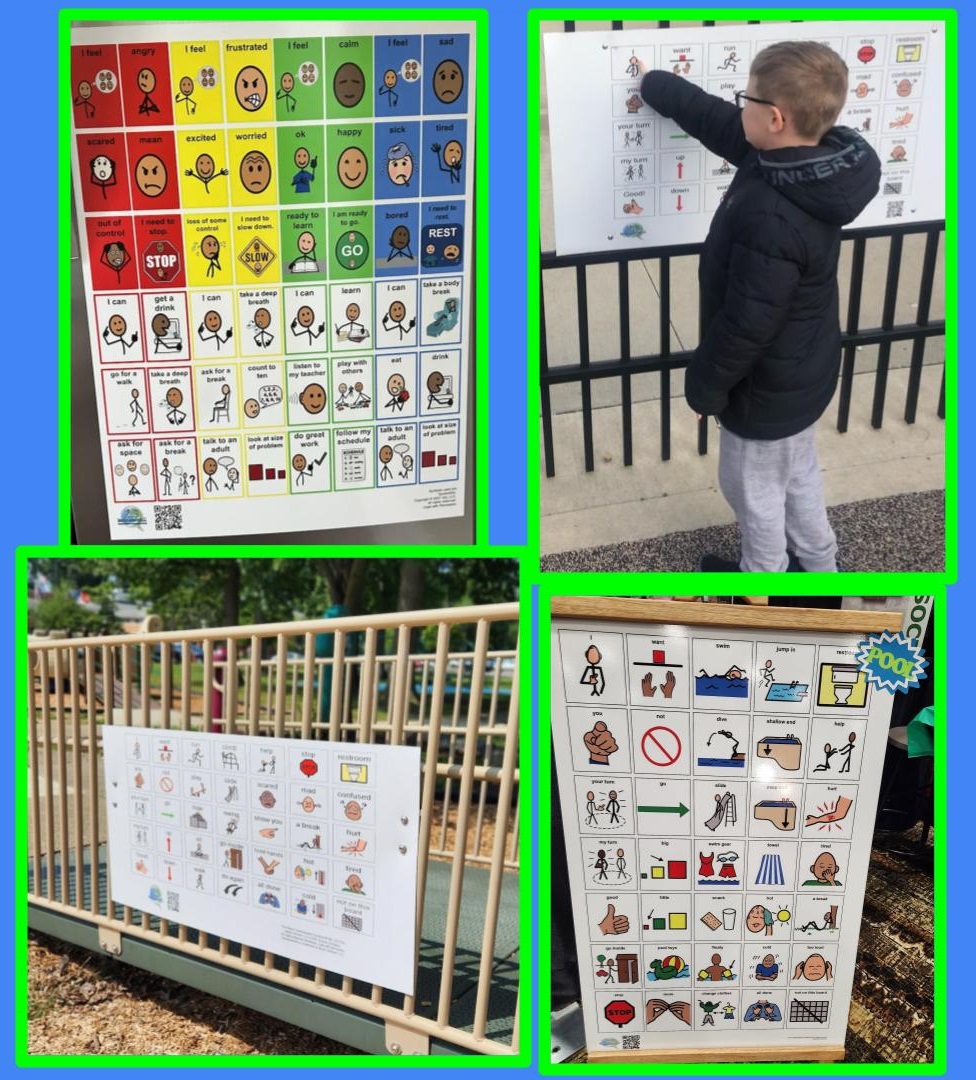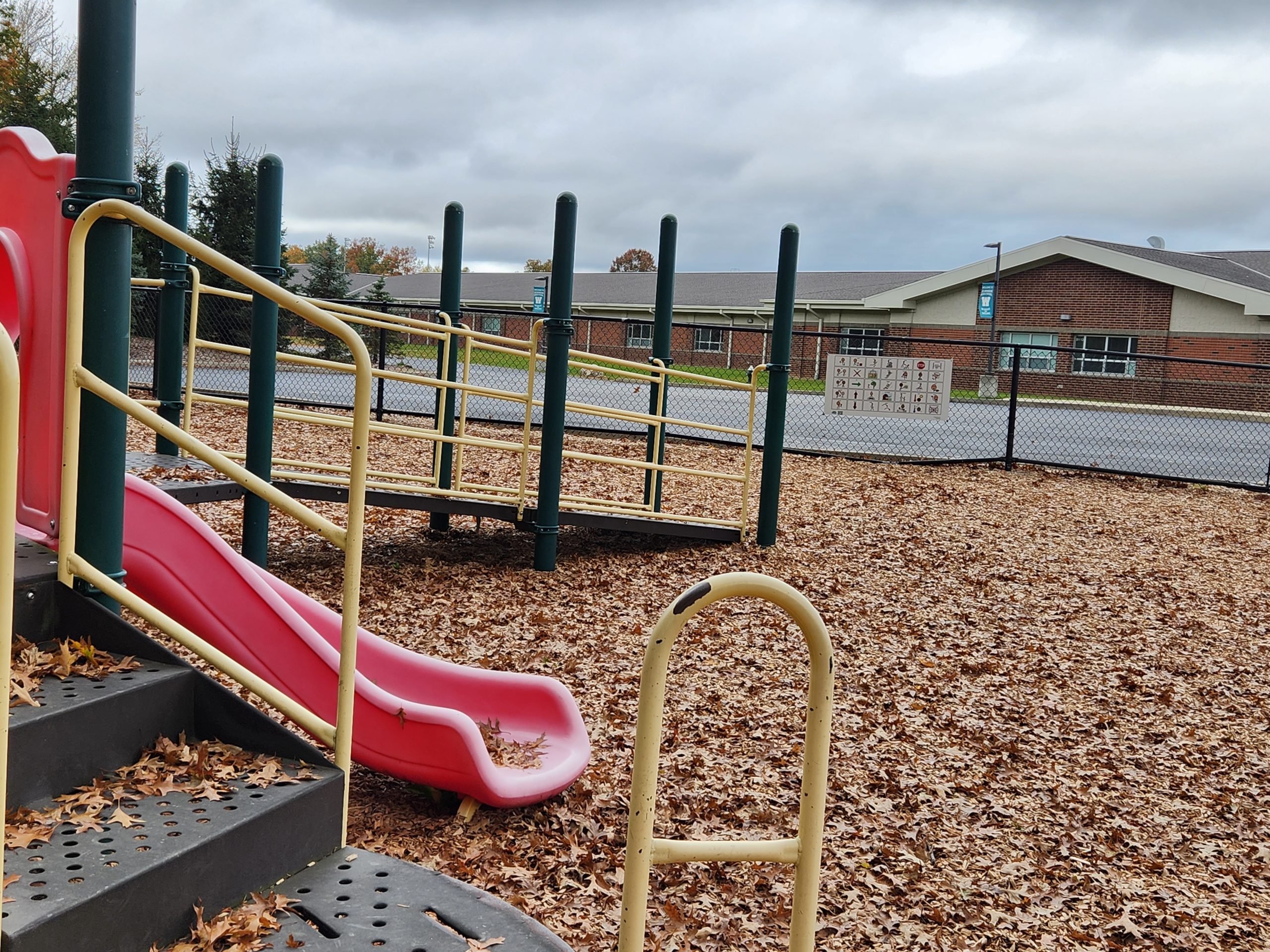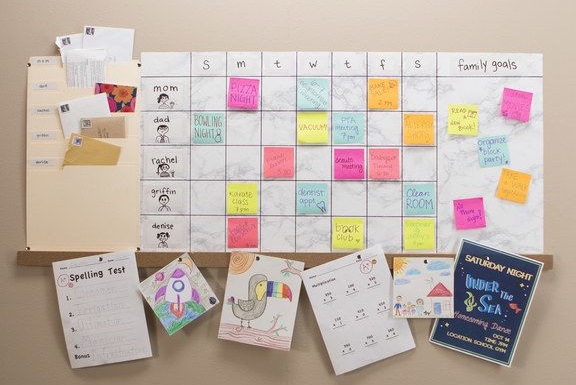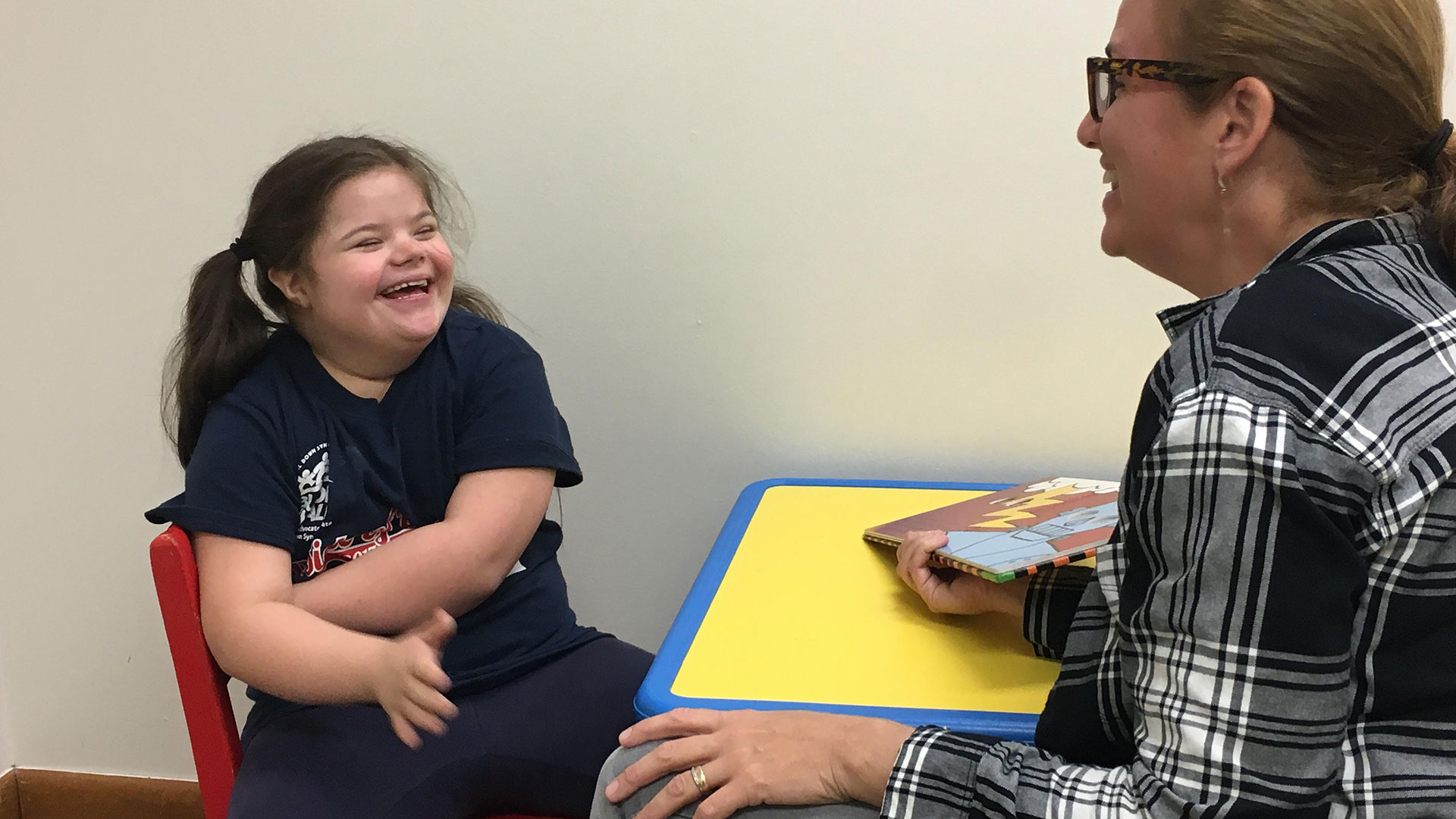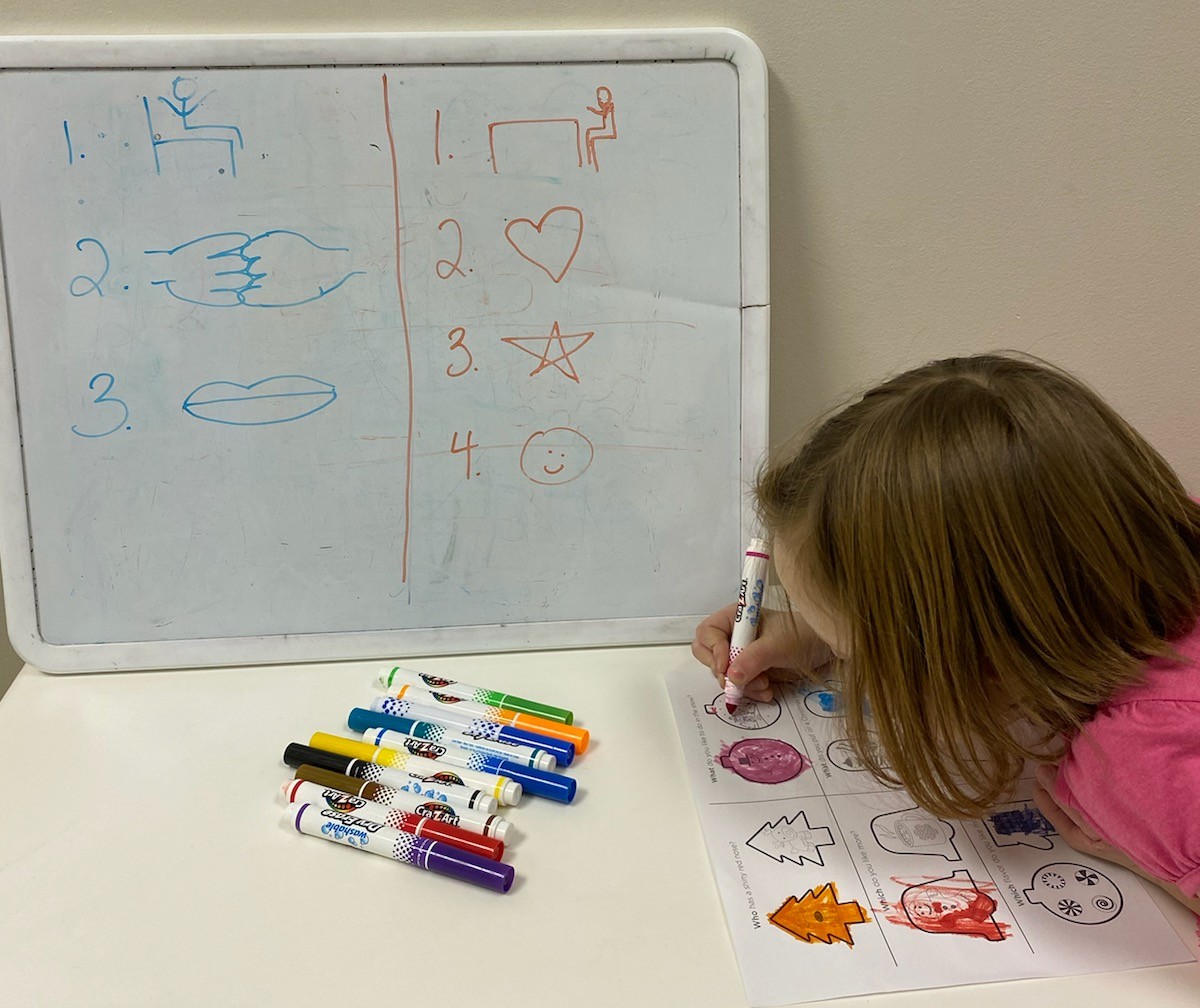Nonprofit organizations and advocacy groups have a unique opportunity to use playground communication boards as a way to raise awareness about AAC and promote inclusivity for all children.
Continue readingEmotional Balance Boards: How to Navigate for Parent Concerns
Explore three common concerns related to the use of emotional balance communication boards: frustration with limited understanding from individuals working with the child, the desire for easier, more intuitive boards, and the worry that your child won’t use the board effectively.
Continue readingHow to Advocate for Playground Communication: Frustration to Success
Explore some common frustrations, desires, and fears surrounding the issue of advocating for communication boards in playgrounds, and how you can stay hopeful and connected as an advocate for your child and your community.
Continue readingHow to Navigate Progress in Speech Therapy: A Parent’s Guide
We’ll explore some common frustrations, desires, and fears families experience around speech therapy and provide some encouragement for the journey.
Continue readingWhy Communication Boards Are Ideal For Playgrounds : What You Need To Know
One tool that stands out in its versatility and practicality is the static communication board. When it comes to inclusive play areas like playgrounds and pools, static communication boards are not only effective, but they also offer unmatched ease of use, durability and accessibility.
Continue readingEagle or Gold Award Candidates:How to Give Everyone a Voice
For young leaders seeking to make a lasting impact through their Eagle Scouts or Girl Scout Gold Award projects, installing playground communication boards is not only a meaningful endeavor but one that can profoundly change the lives of children and families in their communities.
Continue readingHow to Survive After School Routines: A Guide for Parents
The after-school hours are a crucial time for reinforcing what your child has learned in school, but they’re also an opportunity for growth in other areas. We’ll share some practical tips to help you and your child navigate these busy hours.
Continue readingThe Importance Of Private Speech Therapy: Important To Consider
Many children receive speech therapy services at school, but onsidered augmenting these services with private speech therapy. In addition to school-based services, private speech therapy can make a significant difference in your child’s progress.
Continue readingHow to Advocate for Communication Boards: Community Engagement Guide
We are aware and understand the profound impact that communication boards can have in creating inclusive, accessible environments for all children. This comprehensive guide will provide the strategies and insights needed to advocate effectively for the installation of communication boards in your local municipalities.
Continue readingNew School Year: A Guide for a Smooth Start
Preparing for a new school year can be both exciting and overwhelming. With a bit of planning and some practical tips, we can make this transition smoother and more enjoyable for both you and your child.
Continue reading